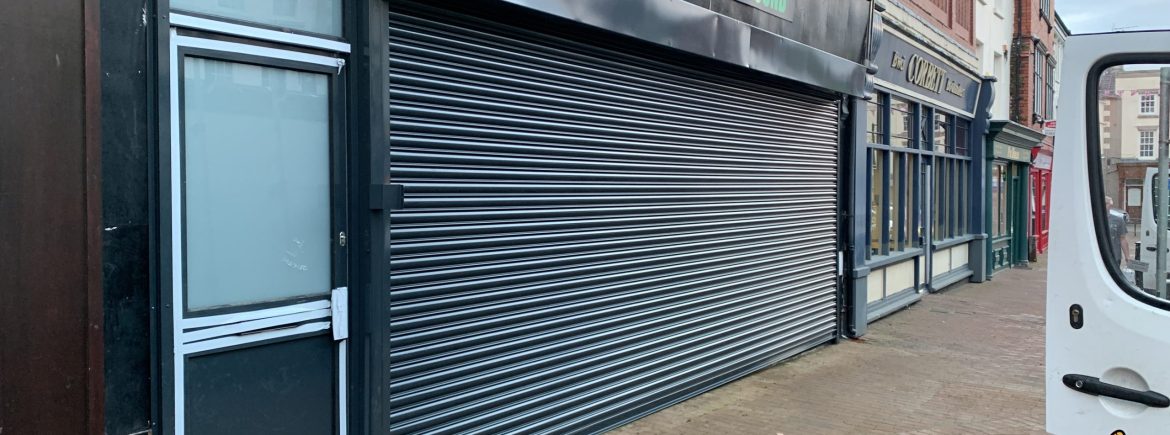Call Us
07508347718
Call Us
07508347718

Essential Maintenance Tips for Roller Shutters
- Home
- Essential Maintenance Tips for Roller Shutters

April 14, 2024
By : admin / 0 Comments
We understand the importance of regular maintenance, let’s explore the specific measures you can implement to uphold the prime condition of your roller shutters:
1. Regular Inspections
Schedule routine inspections of your roller shutters to assess their condition and functionality. During inspections, pay attention to the following:
- Visual Inspection: Look for signs of damage, corrosion, or wear and tear on the slats, tracks, hinges, and other components.
- Operational Testing: Test the roller shutters to ensure they open and close smoothly without any irregularities or obstructions.
- Safety Features: Verify that safety mechanisms, such as auto-reverse sensors, are functioning correctly to prevent accidents or injuries.
2. Cleaning and Lubrication
Proper cleaning and lubrication are essential for maintaining the smooth operation of roller shutters and preventing corrosion. Here’s what you need to do:
- Remove Debris: Regularly remove dirt, dust, and debris from the roller shutters using a soft brush or cloth. Pay particular attention to the slats, tracks, and hinges.
- Clean with Mild Detergent: Use a mild detergent or soap solution to clean the roller shutters thoroughly. Avoid using harsh chemicals or abrasive cleaners, as they can damage the surface.
- Lubricate Moving Parts: Apply a lubricant to the moving parts of the roller shutters, including tracks, hinges, and springs. This helps reduce friction and prolong the lifespan of the components.
3. Weatherproofing
Weather elements can take a toll on roller shutters, leading to corrosion and damage. To enhance their durability and weather resistance, consider the following measures:
- Seal Gaps: Inspect the roller shutters for any gaps or openings that may allow water or debris to enter. Seal these gaps using weather-stripping or silicone sealant to prevent moisture infiltration.
- Apply Protective Coatings: Consider applying a protective coating, such as paint or anti-corrosion spray, to the surface of the roller shutters. This provides an additional layer of protection against rust, UV damage, and other environmental factors.
4. Addressing Repairs Promptly
If you notice any signs of damage or malfunction during inspections, addressing them promptly is crucial to prevent further deterioration. Depending on the nature and severity of the issue, you may need to:
- Replace Damaged Components: If any slats, hinges, or other components are damaged beyond repair, replace them promptly to restore the functionality of the roller shutters.
- Seek Professional Assistance: For complex repairs or issues involving electrical components, seek the expertise of a qualified technician or roller shutter repair specialist.
5. Implementing a Maintenance Schedule
To ensure consistency and accountability in your maintenance efforts, consider implementing a structured maintenance schedule for your roller shutters. This schedule should include:
- Frequency of Inspections: Determine how often you’ll conduct routine inspections of the roller shutters, taking into account factors such as usage frequency and environmental conditions.
- Maintenance Tasks: Create a checklist for each inspection, including cleaning, lubrication, and inspection of key components.
- Documentation and Tracking: Keep detailed records of maintenance activities, including inspection dates, findings, and any repairs or replacements performed. This helps track the condition of the roller shutters over time and identify any recurring issues.
